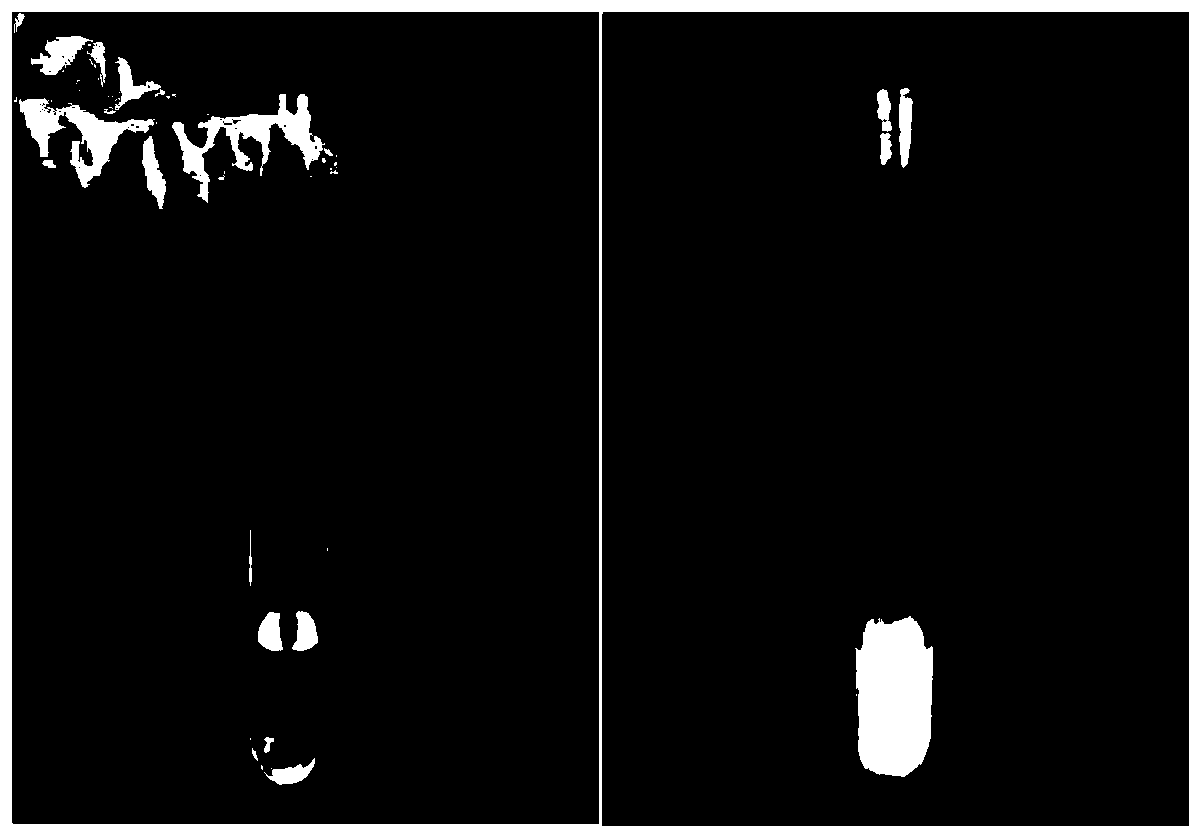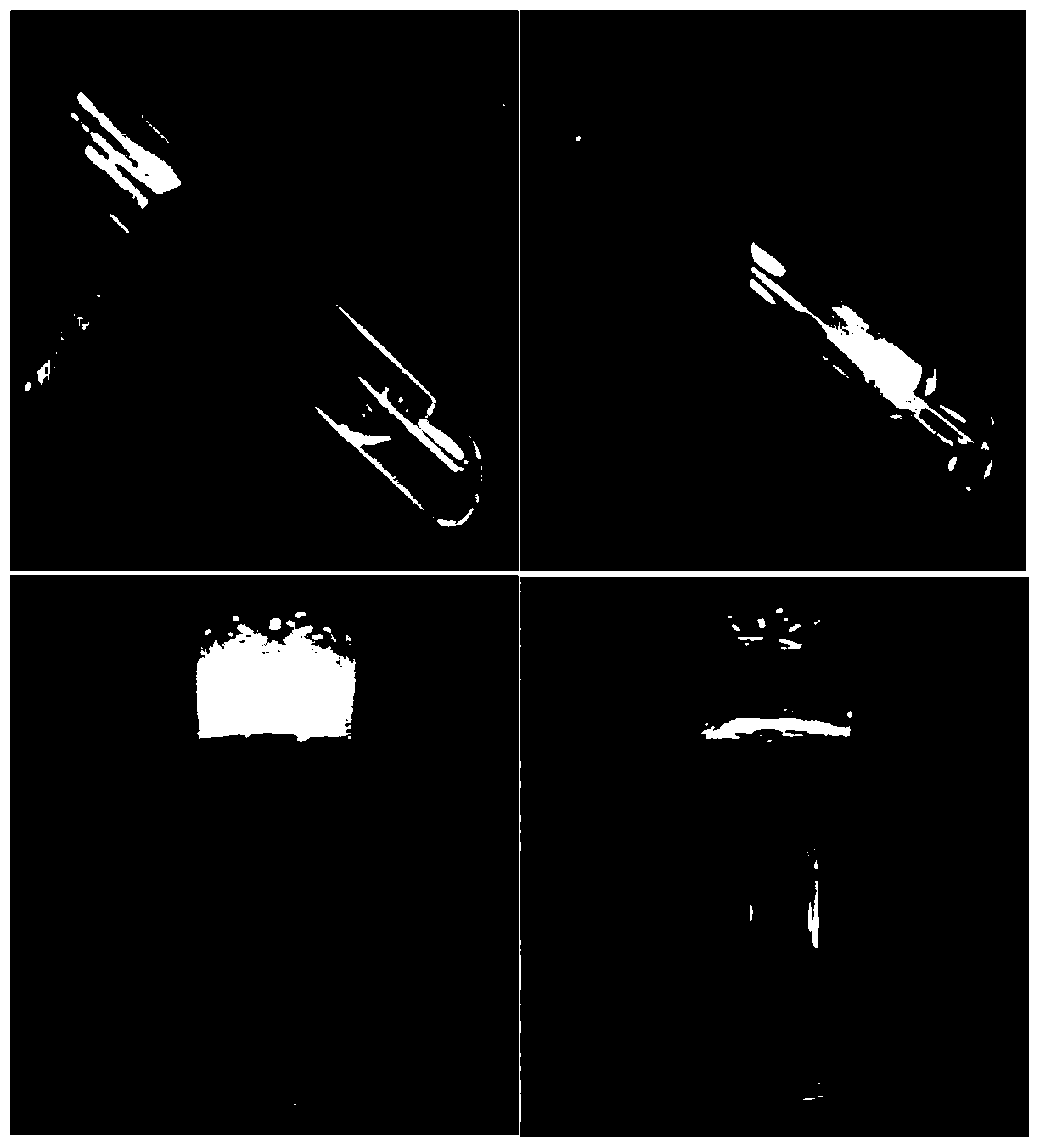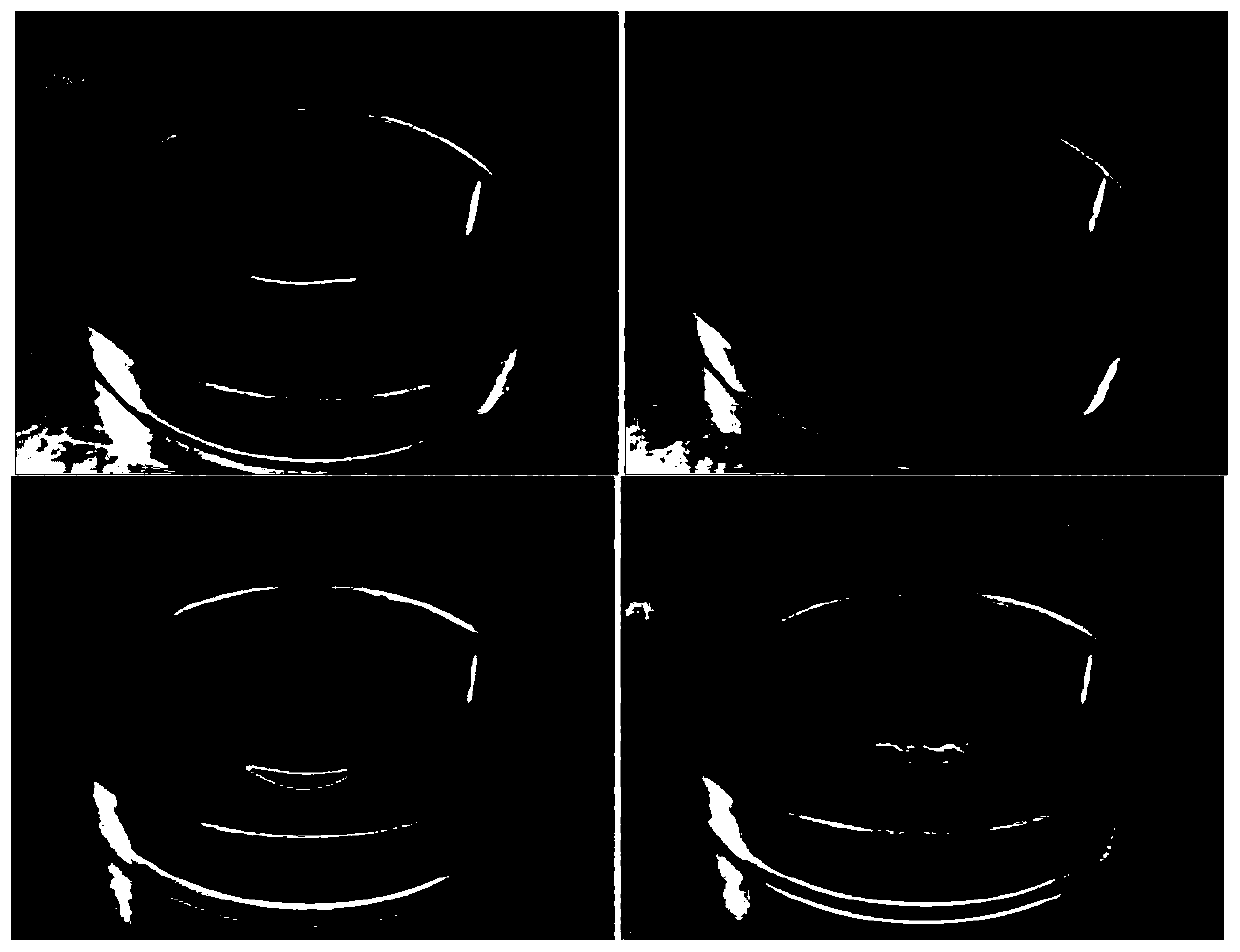Biological 3D printing ink and preparation method thereof
A 3D printing and biological technology, applied in medical science, prosthesis, etc., can solve the problems of low hardness of printing glue block, difficult to apply wound model, soft texture, etc., to achieve rich pores, good cell loading potential, and excellent clinical application potential Effect
- Summary
- Abstract
- Description
- Claims
- Application Information
AI Technical Summary
Problems solved by technology
Method used
Image
Examples
Embodiment 1
[0029] This embodiment provides a modified nano-biological glass particle. The modified nano-biological glass particle is prepared by the following method: weigh 1.65g of calcium hydroxide solid powder and place it in a beaker, add 1000ml of deionized water and use a constant temperature Stir with a magnetic stirrer, the stirring speed is 1500r / min, and the stirring time is 12h. During the stirring process, seal the beaker, centrifuge after the stirring, discard the precipitate, and take the supernatant to obtain a saturated solution of calcium hydroxide. Take 400ml calcium hydroxide saturated solution. Put the solution in a beaker, add 67ml of 40wt% silica nanoparticle suspension, place the beaker on a constant temperature magnetic stirrer, stir for 72 hours, and stir at a speed of 200r / min, keep the beaker in a sealed state during the stirring process , after stirring, centrifuge at 5500rpm for 10min, take the precipitate, add deionized water to wash, centrifuge again, take t...
Embodiment 2
[0031] The present embodiment provides a kind of preparation method of biological 3D printing ink, and this preparation method comprises the following steps:
[0032]S1: Weigh 1.65g of calcium hydroxide solid powder and place it in a beaker, add 1000ml of deionized water and stir with a constant temperature magnetic stirrer at a stirring speed of 1500r / min for 12 hours. During the stirring process, seal the beaker and finish the stirring Centrifuge afterward, discard the precipitate, take the supernatant to obtain a saturated calcium hydroxide solution, put 400ml of the saturated calcium hydroxide solution in a beaker, add 67ml of 40wt% silica nanoparticle suspension, place the beaker under constant temperature magnetic stirring Stir on the mixer, the stirring time is 72h, the stirring speed is 200r / min, keep the beaker in a sealed state during the stirring process, centrifuge at 5500rpm for 10min after stirring, take the precipitate, add deionized water to wash, centrifuge aga...
PUM
 Login to View More
Login to View More Abstract
Description
Claims
Application Information
 Login to View More
Login to View More - R&D
- Intellectual Property
- Life Sciences
- Materials
- Tech Scout
- Unparalleled Data Quality
- Higher Quality Content
- 60% Fewer Hallucinations
Browse by: Latest US Patents, China's latest patents, Technical Efficacy Thesaurus, Application Domain, Technology Topic, Popular Technical Reports.
© 2025 PatSnap. All rights reserved.Legal|Privacy policy|Modern Slavery Act Transparency Statement|Sitemap|About US| Contact US: help@patsnap.com



